Strings Attached - the Story of Max the Ho Hum Husky now available on Amazon!
Remembering Charlie and Emma
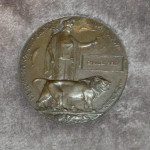 On Remembrance Day, I have many people to remember, not only family members who served in the armed forces, but also a number of wonderful friends, long since passed on, that I knew during my years as a volunteer at the George Derby War Veterans’ hospital. However, the one that always comes first to mind is Charles Field, the grandfather I never met, and with him, Emma Field, the grandmother he left behind.
On Remembrance Day, I have many people to remember, not only family members who served in the armed forces, but also a number of wonderful friends, long since passed on, that I knew during my years as a volunteer at the George Derby War Veterans’ hospital. However, the one that always comes first to mind is Charles Field, the grandfather I never met, and with him, Emma Field, the grandmother he left behind.

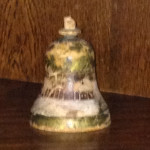
Charles Field was the batman to Captain Hanbury, a member of the family who had started the Allen & Hanbury pharmaceutical company. The story, as my mother told it, was that the two became good friends, and that the captain always told Charlie that if they both came through, he would see him right after the war. The two men survived together throughout the four years of the War. However, during the final Allied offensive in November 1918, both were fatally shot by a sniper towards the end of the battle.
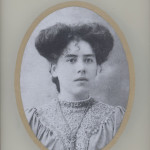
My grandmother, Emma Field, or Pem, as the family called her, was deeply grieved over the loss of her Charlie, who was reputed to be a real sweetheart, but like most war widows, she had to struggle on alone. She got a job in a factory, and my mother and uncle became latchkey children. She was also the oldest of five children herself, and in spite of her widowhood, ended up assuming responsibility for helping her siblings and caring for elderly parents.
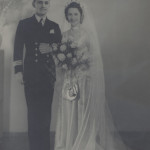
Many years and another World War later, my Nan continued to support the family. My father, who was in the Merchant Navy, married my mother in 1943, so they lived with Nan throughout the war. When my mother was expecting my brother, she complained that she had not known what was more dangerous: Hitler’s bombs or Nan hurling her under the table whenever the sirens went off. My mother also used to relish the tale of how Nan had kept an ‘emergency’ bottle of brandy all through the war, refusing all requests from those who wanted to sample it, only to have it stolen by a burglar who broke in after it was all over.
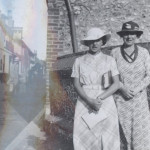
Our family continued to live with Nan after the war, a situation she had not invited, but had simply put up with in order to help my parents. I remember her as a rather formidable lady who liked her Guinness, had strict rules about not annoying her in her rooms, but who also took my brother and myself on lots of interesting outings. Then, in 1957, my father whisked us away to Canada, and she lost the company of her only grandchildren, though she continued to send us our British comics and write to us during the remainder of her life.
 It was only after I’d grown up that I started to appreciate how much heartache she had endured, and how tough she was to maintain her resilient get-on-with-it spirit, no matter what was happening around her. Needless to say, I was delighted when a few years ago, an aunt passed on to me copies of a batch of letters that had been written by ‘Pem’ to her cousin in Australia. I was especially fascinated to see that one of these was dated 1941. Some of this is printed below: It’s a picture of Wartime England from the middle-aged widow’s perspective. Sorry I never got to meet you, Charlie Field, but you’d have been proud of the lady you left behind.
It was only after I’d grown up that I started to appreciate how much heartache she had endured, and how tough she was to maintain her resilient get-on-with-it spirit, no matter what was happening around her. Needless to say, I was delighted when a few years ago, an aunt passed on to me copies of a batch of letters that had been written by ‘Pem’ to her cousin in Australia. I was especially fascinated to see that one of these was dated 1941. Some of this is printed below: It’s a picture of Wartime England from the middle-aged widow’s perspective. Sorry I never got to meet you, Charlie Field, but you’d have been proud of the lady you left behind.
March 22, 1941
Dear Alf,
Received your letter today……. I thought perhaps the mail had gone down. As you know, Mum passed away the 12th of June. She had been very ill all winter. In fact every winter for the last six years she had to stay in her room because of her chest, but the September war was declared, on that same night we had an air raid warning. We thought we were going to be deluged with bombs, and she never really got over the shock. . . . . On Oct. 25th she had a stroke.

I nursed her for six months, and she seemed to be getting on nicely. Then the posters started about the possible invasion, and the doctor advised me to try and get her away. If it happened, she would not stand the strain. Her friend Mrs. Coburn had moved from Highbury to Ealing, so I took her there while I looked for a house; I had just got this house and was going up to see her when I had the wire asking me to come. But she did not know me. She is buried with Dad at Sutton. Perhaps it is as well she was taken before things got as bad as they are. You say the Londoners can take it. You ought to see what they have taken. Do you remember where Rose lived? It is dreadful round there. Windsor Street’s small houses, not one is standing. The turning is like a waste land. Dean Street . . . not a soul is living there. The homes just smashed up. In one turning, there are five pianos or parts of them in the debris of the different homes. Hitler’s military objective, Highbury, got it dreadful this week. It is appalling the women and children that have been killed. Also the city has been badly bombed, in some parts just ruins. . . . . Do you remember the London Hotel at the corner of Tylers Avenue. That was hit the other week and a lot of civilians killed.

My daughter does nursing all night once a week in a shelter in the city. I do fire watching once a week. I have a tin hat and a whistle to blow should an incendiary bomb drop in our turning. We do different turns all through the night starting at 10 pm until 6 am. . . . . . . . One thing we have to be thankful for is that we have not been really short of food. We don’t get a lot of meat, but the fat ration is very generous really. We have plenty of veg, bread and flour and if people spend a bit more time at their stoves, they can make some real good meals. It means a little more trouble but it is worth it and all helps to win the war, besides helping to keep the nation fit. . . . .
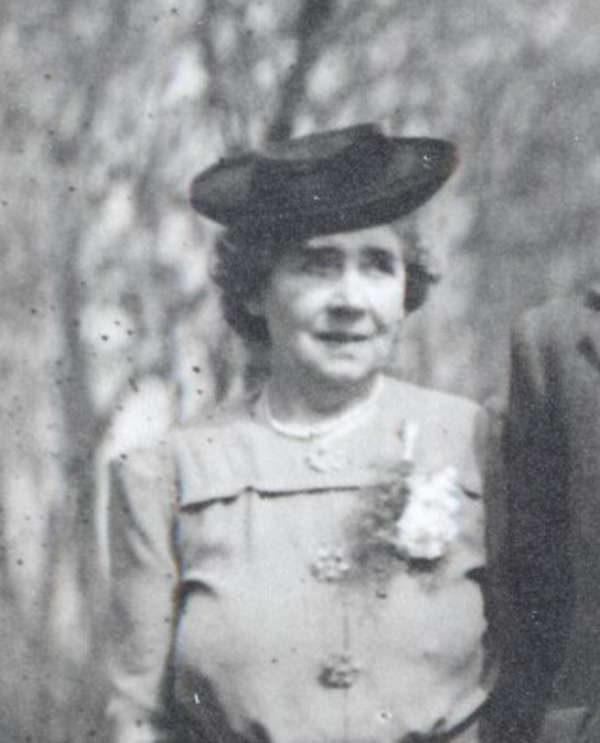
Rents went up very high after the last war, but food and clothes got very reasonable the last ten years. Now we are at war again and everything is sky high again, but why worry? Just live from day to day, get what pleasure you can, and try to be just to all. I hope this reaches you. Wishing you and yours all the best.
Pem.

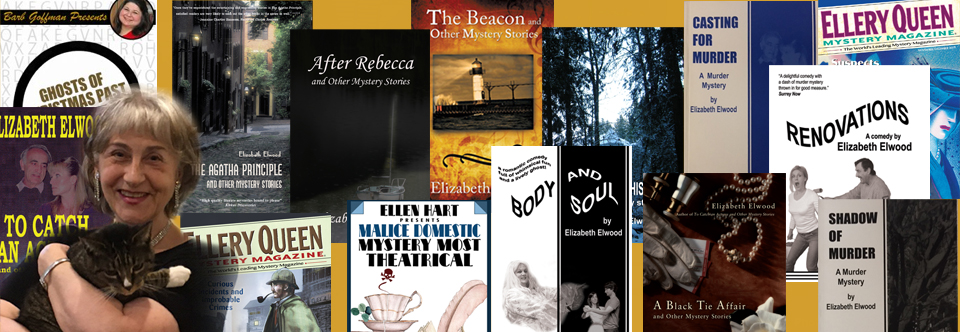



 A poisoner’s malevolent scheme runs into some unexpected obstacles when two mis-matched resident ghosts decide to intervene. One died in 1919 and the other, a hundred years later, but the wisdom of the centuries makes for a fascinating pair of sleuths! Read “The Motherly Spirit” in:
A poisoner’s malevolent scheme runs into some unexpected obstacles when two mis-matched resident ghosts decide to intervene. One died in 1919 and the other, a hundred years later, but the wisdom of the centuries makes for a fascinating pair of sleuths! Read “The Motherly Spirit” in: 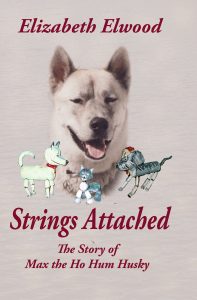 If you think Marley was difficult, you should have met Max. A rescue dog with a difficult past, his antics kept us on our toes, and many people dined out on Max stories over the years. Max and the Christmas Light-bulb, Max and the Wool Sock, Max and the Fish Guts, Max Swims Out to Sea, Max Beats the Muzzle, Max meets Minx, Max Busts out from Backstage—the list goes on and on. Needless to say, he was a dog who had adventures.
If you think Marley was difficult, you should have met Max. A rescue dog with a difficult past, his antics kept us on our toes, and many people dined out on Max stories over the years. Max and the Christmas Light-bulb, Max and the Wool Sock, Max and the Fish Guts, Max Swims Out to Sea, Max Beats the Muzzle, Max meets Minx, Max Busts out from Backstage—the list goes on and on. Needless to say, he was a dog who had adventures.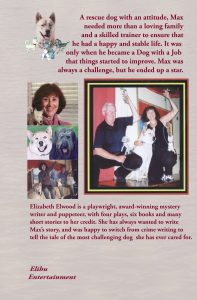
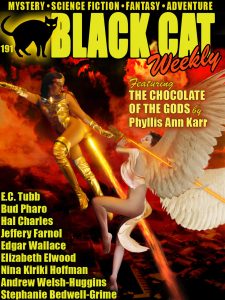 A fortune teller once told Mary she would regain her self-esteem when she crossed the Mississippi River. Forty-five years later, with her confidence ruined and her marriage on the rocks, she’s driving east toward Louisiana with her husband and their neighbors, including his not-so-secret mistress—and the mighty Mississippi awaits.
A fortune teller once told Mary she would regain her self-esteem when she crossed the Mississippi River. Forty-five years later, with her confidence ruined and her marriage on the rocks, she’s driving east toward Louisiana with her husband and their neighbors, including his not-so-secret mistress—and the mighty Mississippi awaits.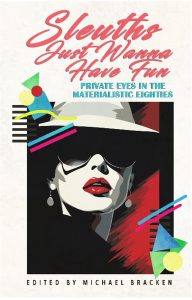 When a good-looking criminology student takes a summer job with his uncle’s security company, he anticipates enjoying an undercover assignment right on the site of Expo 86. How hard can it be making sure the restaurant owner who hired them isn’t getting ripped off? Not so easy when he finds himself mediating between the client’s ex-wife, a predatory trophy wife and two daughters: one, so gorgeous he finds himself falling for her, and one voluble eight-year-old who likes nothing better than to spill the dirt on all the members of her family. Read “Baffled in the Blue Zone” in this great anthology. Published today and a great blast from the past for mystery lovers who remember all those events of the eighties. Order it at Down and Out Books:
When a good-looking criminology student takes a summer job with his uncle’s security company, he anticipates enjoying an undercover assignment right on the site of Expo 86. How hard can it be making sure the restaurant owner who hired them isn’t getting ripped off? Not so easy when he finds himself mediating between the client’s ex-wife, a predatory trophy wife and two daughters: one, so gorgeous he finds himself falling for her, and one voluble eight-year-old who likes nothing better than to spill the dirt on all the members of her family. Read “Baffled in the Blue Zone” in this great anthology. Published today and a great blast from the past for mystery lovers who remember all those events of the eighties. Order it at Down and Out Books: 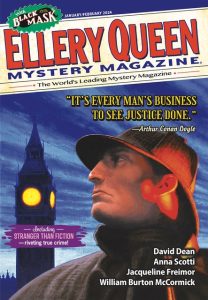 I never thought, when I wrote my light hearted mystery story “How Mary’s Garden Grew”, that it would be picked as a finalist for the Derringer Awards. The story, with its Agatha Christie loving heroine, was so much fun to write, and it’s very gratifying to find that so many people have singled it out. It has resulted in personal emails, a review via a Facebook post, and was even picked for Rabia Chaudry’s podcast on the Alfred Hitchcock-Ellery Queen Mystery Hour. Thank you so much to Janet Hutchings for choosing it to be published in EQMM in the first place, and thank you to all those who have let me know how much they enjoyed the story, including, of course, those wonderful judges who have singled it out as a Derringer finalist.
I never thought, when I wrote my light hearted mystery story “How Mary’s Garden Grew”, that it would be picked as a finalist for the Derringer Awards. The story, with its Agatha Christie loving heroine, was so much fun to write, and it’s very gratifying to find that so many people have singled it out. It has resulted in personal emails, a review via a Facebook post, and was even picked for Rabia Chaudry’s podcast on the Alfred Hitchcock-Ellery Queen Mystery Hour. Thank you so much to Janet Hutchings for choosing it to be published in EQMM in the first place, and thank you to all those who have let me know how much they enjoyed the story, including, of course, those wonderful judges who have singled it out as a Derringer finalist.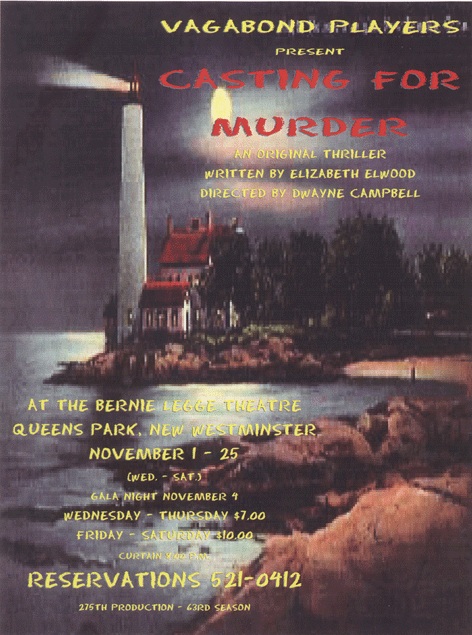
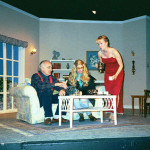




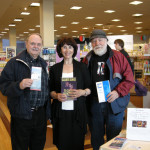
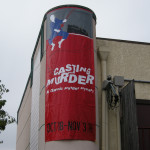
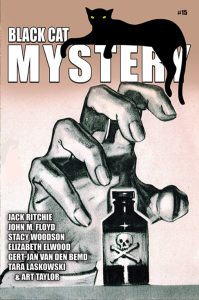 Only one of three siblings survives a background of neglect and domestic violence that culminates in a deadly shooting. Ten years later, with the prospect of a happy and successful future, the past comes back to haunt her.
Only one of three siblings survives a background of neglect and domestic violence that culminates in a deadly shooting. Ten years later, with the prospect of a happy and successful future, the past comes back to haunt her. gorgeous blind date: it should have been the perfect night out. How was Lucy to know that someone had murder in mind?
gorgeous blind date: it should have been the perfect night out. How was Lucy to know that someone had murder in mind? What happens when The Devil himself yields to temptation? In the case of a libidinous baritone whose long-suffering wife is showing signs of rebellion, a diabolical plot seems to be the answer. In that lazy summer on the French Riviera, a question lingers in the air. Will the Devil get his due? Find out when you read The Devil and the Deep Blue Sea at
What happens when The Devil himself yields to temptation? In the case of a libidinous baritone whose long-suffering wife is showing signs of rebellion, a diabolical plot seems to be the answer. In that lazy summer on the French Riviera, a question lingers in the air. Will the Devil get his due? Find out when you read The Devil and the Deep Blue Sea at